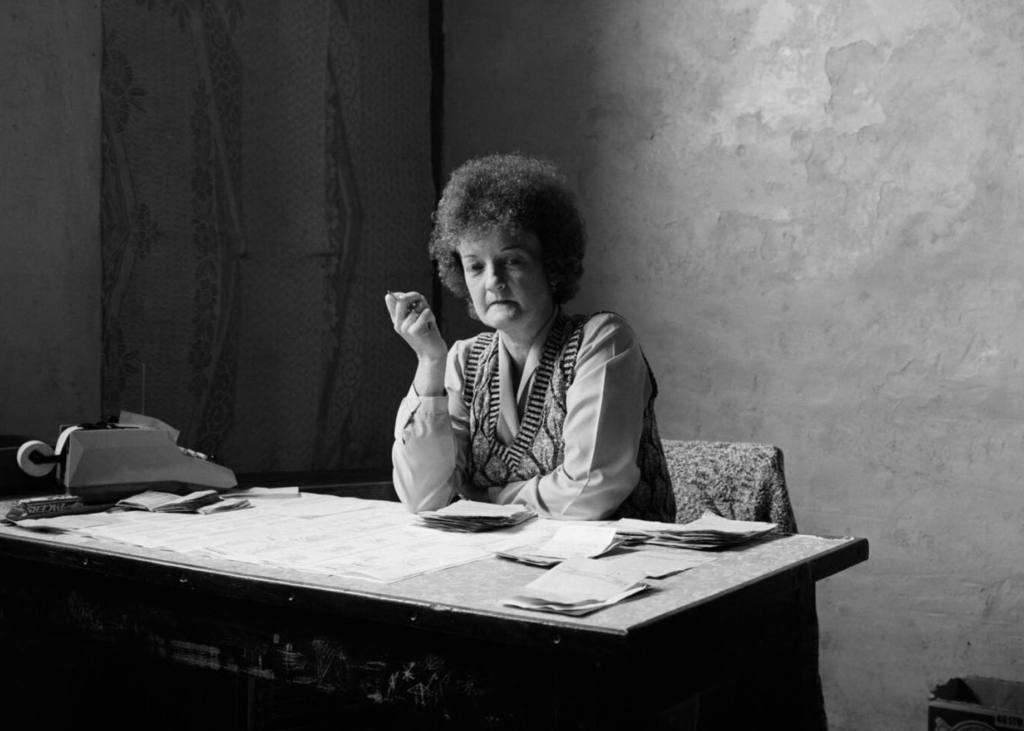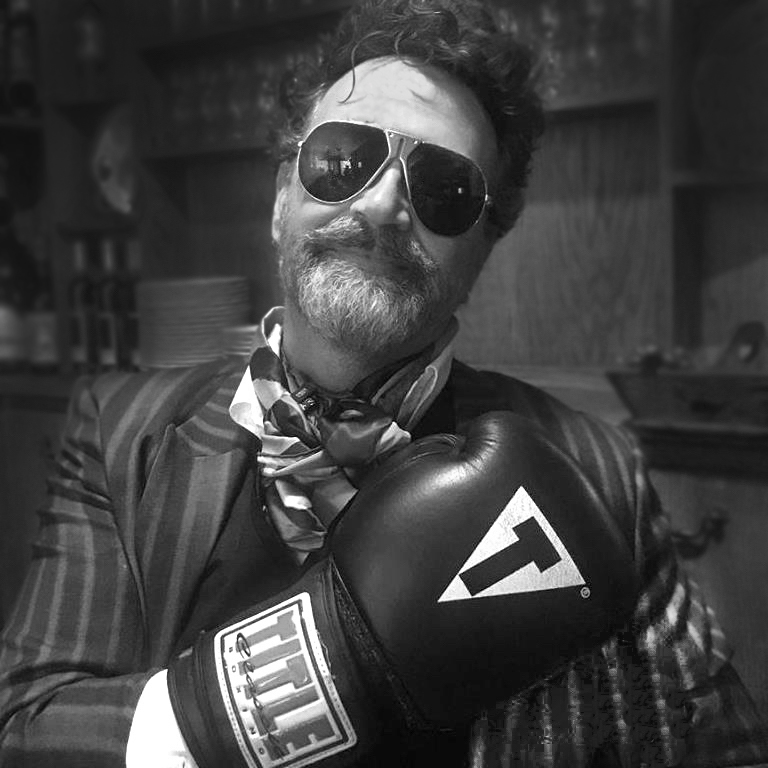While photographer Chris Killip was known as a social documentarian, his upbringing on the Isle of Man meant it was inevitable he’d take a few extraordinary moto photos. A legend in photographic circles, and a professor of visual and environmental studies at Harvard from 1991-2017, Killip was born in Douglas, where his parents owned the Highlander Pub – perhaps you’ve had a pint there on a trip to Mona’s Isle? Who knows what inspired the son of pubholders to take up a camera as a profession, but of course, a public house is a natural place to develop one’s skills at social observation at a neutral distance: the parade of customers passing through are highlighted on a gimlet-lit stage, locals and tourists in a never-ending spectacle.



From the project ‘In Flagrante’ 1973-1985. [Chris Killip]









Love the pictures from the IOM. We are decompressing from a weekend racing at Hartland Motorsports park in Topeka and reflecting on pitting with Dave Roper, Walt Fulton, Robert Aegerter, Tom Pillsbury, Richard and all the rest of the AHRMA fast guys and gals. Deb made her world class chili and I struggled to keep the old Indian running at speed. No injuries or bad breakdowns this time so on to Hastings, NE to pit with Dave again and try out a new playground. Never thought the nomad racer life would suit me in my 70’s, but I will have to be back at work next week. Bah! After hearing of the loss of Richard Vincent, I pledged to live my gearhead life to my fullest. Making stories is a full time job. No more spider webs on the spokes of my motorcycles. See us race again at Laguna Seca this July.